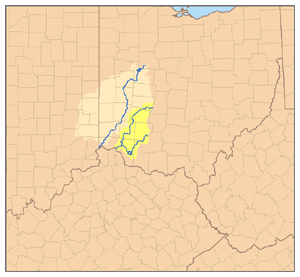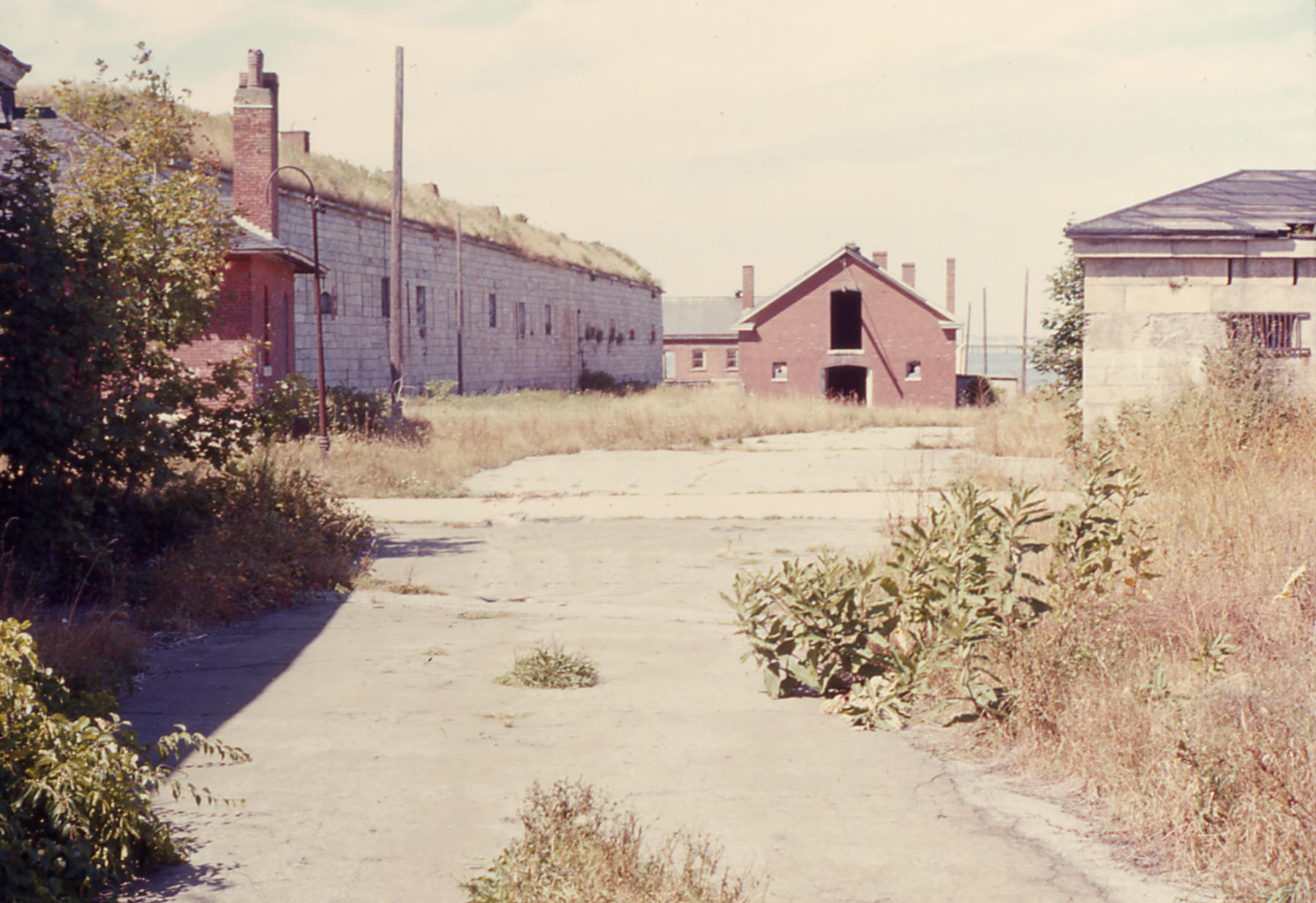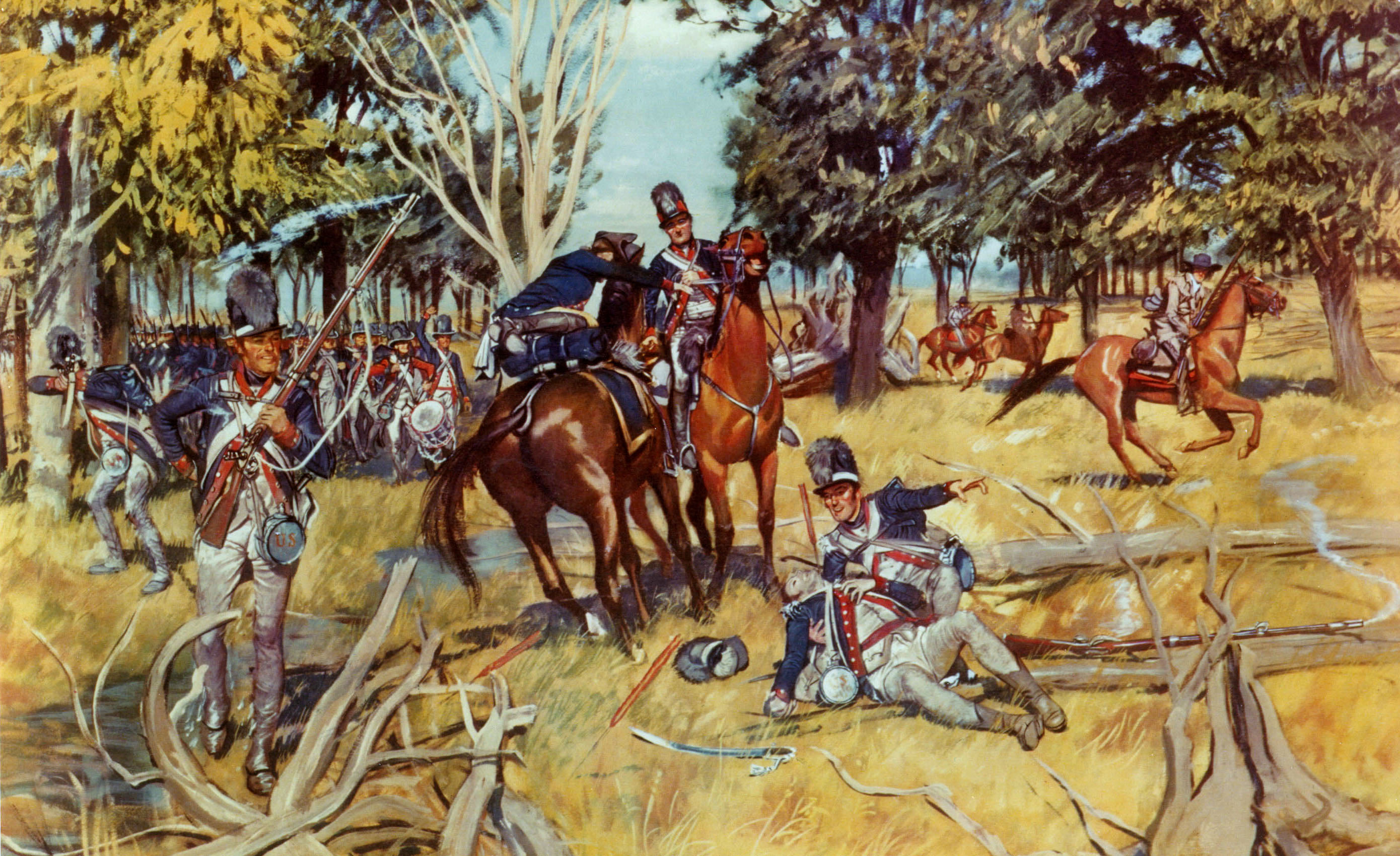|
Fort Loramie
Fort Loramie is a village in Shelby County, Ohio, United States, along Loramie Creek, a tributary of the Great Miami River in southwestern Ohio. It is 42 mi. northnorthwest of Dayton and 20 mi. east of the Ohio/Indiana border. The population was 1,478 at the 2010 census. The village was founded in 1837 near the former site of a colonial fort of the same name. History Fort Loramie was established as a fur trading post in 1769 by '' Pierre-Louis de Lorimier'' (usually anglicized to Peter Loramie), a French-Canadian fur trader, British Indian agent and Shawnee agitator, and his father. The Shawnee used the trading post as a staging area for attacks against Americans during the Revolutionary War. During a raid on the Shawnee by George Rogers Clark in Nov. 1782, the trading post was attacked by a detachment of 150 men under Col. Benjamin Logan and burned to the ground. Lorimier escaped and fled west across the Mississippi. The site remained abandoned until 1795. After ... [...More Info...] [...Related Items...] OR: [Wikipedia] [Google] [Baidu] |
Great Miami River
The Great Miami River (also called the Miami River) (Shawnee: ''Msimiyamithiipi'') is a tributary of the Ohio River, approximately long,U.S. Geological Survey. National Hydrography Dataset high-resolution flowline dataThe National Map , accessed May 19, 2011 in southwestern Ohio and Indiana in the United States. The Great Miami originates at the man-made Indian Lake and flows south through the cities of Sidney, Piqua, Troy, Dayton, Middletown and Hamilton. The river is named for the Miami, an Algonquian-speaking Native American people who lived in the region during the early days of European settlement. They were forced to relocate to the west to escape pressure from European-American settlers. The region surrounding the Great Miami River is known as the Miami Valley. This term is used in the upper portions of the valley as a moniker for the economic-cultural region centered primarily on the Greater Dayton area. As the lower portions of the Miami Valley fall under the inf ... [...More Info...] [...Related Items...] OR: [Wikipedia] [Google] [Baidu] |
Miami And Erie Canal
The Miami and Erie Canal was a canal that ran from Cincinnati to Toledo, Ohio, creating a water route between the Ohio River and Lake Erie. Construction on the canal began in 1825 and was completed in 1845 at a cost to the state government of $8,062,680.07. At its peak, it included 19 aqueducts, three guard locks, 103 canal locks, multiple feeder canals, and a few man-made water reservoirs. The canal climbed above Lake Erie and above the Ohio River to reach a topographical peak called the Loramie Summit, which extended between New Bremen, Ohio to lock 1-S in Lockington, north of Piqua, Ohio. Boats up to 80 feet long were towed along the canal by mules, horses, or oxen walking on a prepared towpath along the bank, at a rate of four to five miles per hour. Due to competition from railroads, which began to be built in the area in the 1850s, the commercial use of the canal gradually declined during the late 19th century. It was permanently abandoned for commercial use in 1913 ... [...More Info...] [...Related Items...] OR: [Wikipedia] [Google] [Baidu] |
Richard Butler (general)
Richard Butler (April 1, 1743 – November 4, 1791) was an officer in the Continental Army during the American Revolutionary War who was later killed while he was fighting Native Americans in the United States in a battle that is known as St. Clair's Defeat. Family Born in St. Bridget's Parish, Dublin, Ireland, Richard Butler was the oldest son of Thomas and Eleanor (Parker) Butler. Thomas Butler was an Irish aristocrat who served in the British army. He was the brother of Colonel Thomas Butler and Captain Edward Butler. All three brothers served in the American Revolution and in the Northwest Indian War against the Western Confederacy of Native American tribes in the Northwest Territories. His two other brothers, William and Percival, served in the Revolution but did not see later military service. Early life In 1748 Butler's father opened a gun shop in Dublin, but that same year the family moved to Lancaster, Pennsylvania, where he learned to make the Pennsylvania long ... [...More Info...] [...Related Items...] OR: [Wikipedia] [Google] [Baidu] |
Treaty Of Greenville
The Treaty of Greenville, formally titled Treaty with the Wyandots, etc., was a 1795 treaty between the United States and indigenous nations of the Northwest Territory (now Midwestern United States), including the Wyandot and Delaware peoples, that redefined the boundary between indigenous peoples' lands and territory for European American community settlement. It was signed at Fort Greenville, now Greenville, Ohio, on August 3, 1795, following the Native American loss at the Battle of Fallen Timbers a year earlier. It ended the Northwest Indian War in the Ohio Country, limited Indian country to northwestern Ohio, and began the practice of annual payments following the land concessions. The parties to the treaty were a coalition of Native American tribes known as the Western Confederacy, and the United States government represented by General Anthony Wayne and local frontiersmen. The treaty became synonymous with the end of the frontier in that part of the Northwest Territo ... [...More Info...] [...Related Items...] OR: [Wikipedia] [Google] [Baidu] |
Fort Wayne
Fort Wayne is a city in and the county seat of Allen County, Indiana, United States. Located in northeastern Indiana, the city is west of the Ohio border and south of the Michigan border. The city's population was 263,886 as of the 2020 Census, making it the List of cities in Indiana, second-most populous city in Indiana after Indianapolis, and the 76th-most populous city in the United States. It is the principal city of the Fort Wayne metropolitan area, consisting of Allen and Whitley County, Indiana, Whitley counties which had an estimated population of 423,038 as of 2021. Fort Wayne is the cultural and economic center of northeastern Indiana. In addition to the two core counties, the combined statistical area (CSA) includes Adams County, Indiana, Adams, DeKalb County, Indiana, DeKalb, Huntington County, Indiana, Huntington, Noble County, Indiana, Noble, Steuben County, Indiana, Steuben, and Wells County, Indiana, Wells counties, with an estimated population of 649,105 in 202 ... [...More Info...] [...Related Items...] OR: [Wikipedia] [Google] [Baidu] |
Fort Defiance (Ohio)
Fort Defiance was built by General "Mad" Anthony Wayne in the second week of August 1794 at the confluence of the Auglaize and Maumee rivers. It was the one of a line of defenses constructed by American forces in the campaign leading to the Northwest Indian War's Battle of Fallen Timbers on August 20, 1794. Work began on August 9, 1794 and was completed by August 17. The name was derived from a declaration by Charles Scott, who was leading a band of Kentucky militiamen in support of Wayne, that: "I defy the English, Indians, and all the devils of hell to take it."Nelson, p. 246 The post was considered one of the strongest fortifications built in that period. Following the Battle of Fallen Timbers, Wayne ordered the destruction of all Native American villages and their crops within a radius of the fort. Under terms of the Treaty of Greenville, signed on August 3, 1795, the native nations ceded six square miles around the fort and allowed the Americans to maintain a trading ... [...More Info...] [...Related Items...] OR: [Wikipedia] [Google] [Baidu] |
Fort Adams
Fort Adams is a former United States Army post in Newport, Rhode Island that was established on July 4, 1799 as a First System coastal fortification, named for President John Adams who was in office at the time. Its first commander was Captain John Henry who was later instrumental in starting the War of 1812. The current Fort Adams was built 1824–57 under the Third System of coastal forts; it is part of Fort Adams State Park today. History The first Fort Adams was designed by Major Louis de Tousard of the Army Corps of Engineers as part of the first system of US fortifications. After some additions in 1809, this fort mounted 17 cannon and was garrisoned during the War of 1812 by Wood's State Corps of Rhode Island militiamen. The Secretary of War's report for December 1811 describes the fort as "an irregular star fort of masonry, with an irregular indented work of masonry adjoining it, mounting seventeen heavy guns. ... The barracks are of wood and bricks, for one compa ... [...More Info...] [...Related Items...] OR: [Wikipedia] [Google] [Baidu] |
Anthony Wayne
Anthony Wayne (January 1, 1745 – December 15, 1796) was an American soldier, officer, statesman, and one of the Founding Fathers of the United States. He adopted a military career at the outset of the American Revolutionary War, where his military exploits and fiery personality quickly earned him promotion to brigadier general and the nickname "Mad Anthony". He later served as the Senior Officer of the Army on the Ohio Country frontier and led the Legion of the United States. Wayne was born in Chester County, Pennsylvania, and worked as a tanner and surveyor after attending the College of Philadelphia. He was elected to the Pennsylvania General Assembly and helped raise a Pennsylvania militia unit in 1775. During the Revolutionary War, he served in the Invasion of Quebec, the Philadelphia campaign, and the Yorktown campaign. Although his reputation suffered after defeat in the Battle of Paoli, he won wide praise for his leadership in the 1779 Battle of Stony Point. After b ... [...More Info...] [...Related Items...] OR: [Wikipedia] [Google] [Baidu] |
Northwest Indian War
The Northwest Indian War (1786–1795), also known by other names, was an armed conflict for control of the Northwest Territory fought between the United States and a united group of Native American nations known today as the Northwestern Confederacy. The United States Army considers it the first of the American Indian Wars. Following centuries of conflict for control of this region, it was granted to the new United States by the Kingdom of Great Britain in article 2 of the Treaty of Paris, which ended the American Revolutionary War. The treaty used the Great Lakes as a border between British territory and the United States. This granted significant territory to the United States, initially known as the Ohio Country and the Illinois Country, which had previously been prohibited to new settlements. However, numerous Native American peoples inhabited this region, and the British maintained a military presence and continued policies that supported their Native allies. With t ... [...More Info...] [...Related Items...] OR: [Wikipedia] [Google] [Baidu] |
Battle Of Fallen Timbers
The Battle of Fallen Timbers (20 August 1794) was the final battle of the Northwest Indian War, a struggle between Native American tribes affiliated with the Northwestern Confederacy and their British allies, against the nascent United States for control of the Northwest Territory. The battle took place amid trees toppled by a tornado near the Maumee River in northwestern Ohio at the site of the present-day city of Maumee, Ohio. Major General "Mad Anthony" Wayne's Legion of the United States, supported by General Charles Scott's Kentucky Militia, were victorious against a combined Native American force of Shawnee under Blue Jacket, Ottawas under Egushawa, and many others. The battle was brief, lasting little more than one hour, but it scattered the confederated Native forces. The U.S. victory ended major hostilities in the region. The following Treaty of Greenville and Jay Treaty forced Native American displacement from most of modern-day Ohio, opening it to White Ameri ... [...More Info...] [...Related Items...] OR: [Wikipedia] [Google] [Baidu] |
Benjamin Logan
Benjamin Logan (May 1, 1743 – December 11, 1802) was an American pioneer, soldier, and politician from Virginia, then Shelby County, Kentucky. As colonel of the Kentucky County, Virginia militia during the American Revolutionary War, he was second-in-command of all the trans-Appalachian Virginia. He became a politician and help secure statehood for Kentucky. His brother, John Logan, who at times served under him in the militia and replaced him as delegate, became the first state treasurer of Kentucky. Early and family life Benjamin Logan was born in then-vast Augusta County, Virginia, the eldest son of Scottish immigrants David and Jane (McKinley) Logan. He had seven siblings by the time his father died, when Benjamin Logan was 15. By primogeniture, Benjamin inherited the family's 860 acre (3.5 km2) farm, but would sell it when he reached legal age, then split the proceeds with his siblings and move across the Appalachian Mountains to the Holston River, where he purchase ... [...More Info...] [...Related Items...] OR: [Wikipedia] [Google] [Baidu] |





